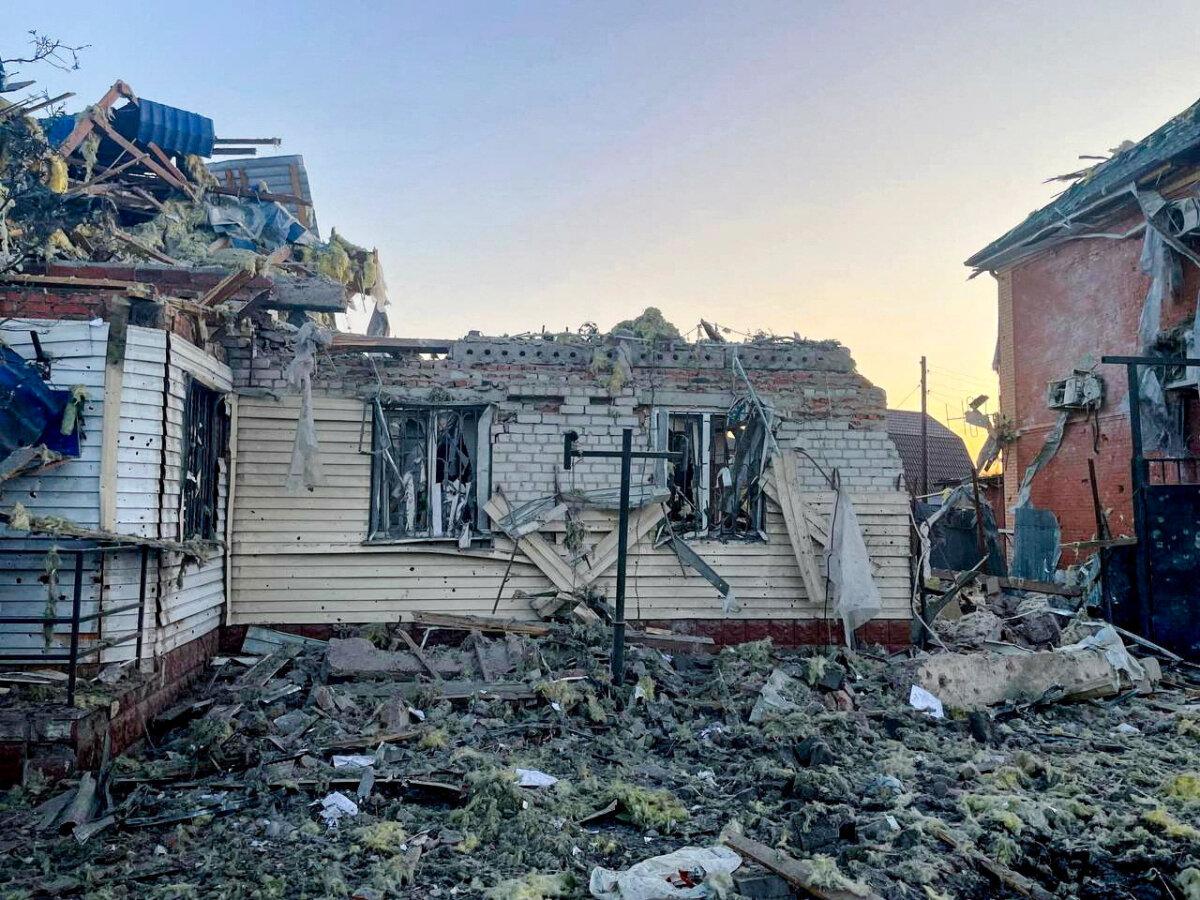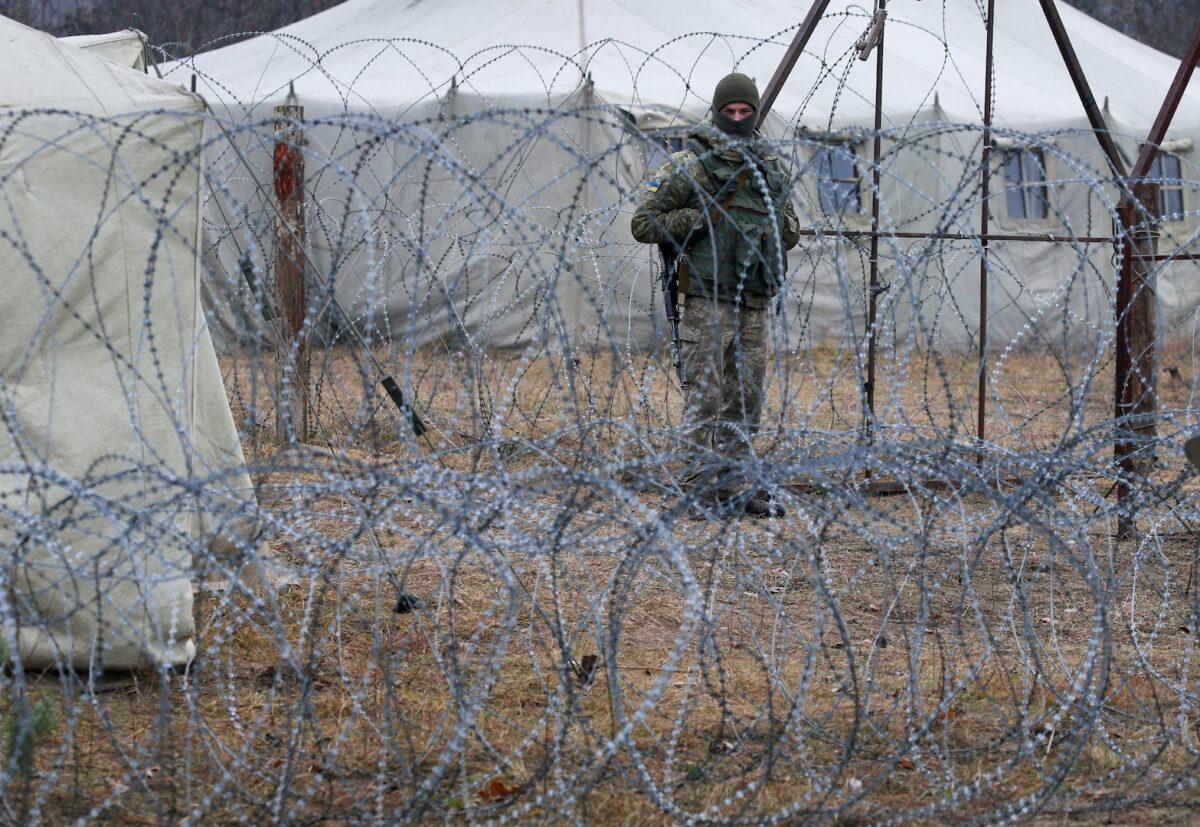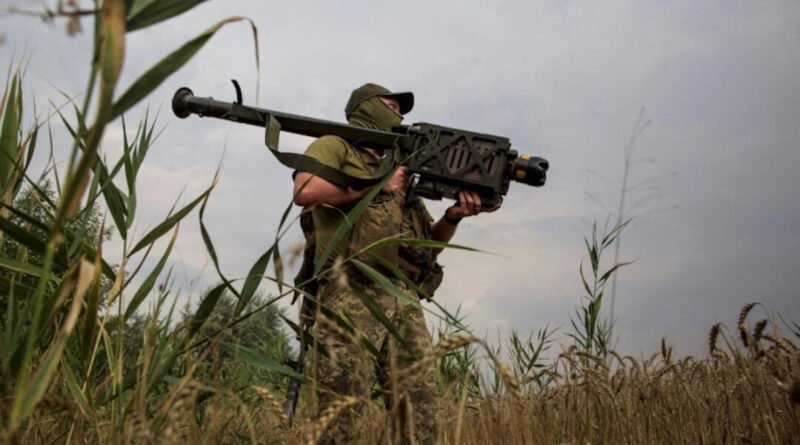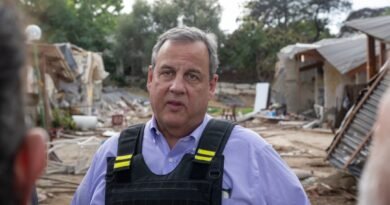Kyiv Launches Offensive as Russia Removes Residents From Nearby Belgorod
As fighting continued in the Kursk region, Belarus, a key Russian ally, reinforced its border with Ukraine.
Civilians are being evacuated from parts of Russia’s western Belgorod region amid an ongoing Ukrainian cross-border offensive—now in its sixth day—in the neighboring region of Kursk.
In a social media post, Gladkov referred to continued “enemy activity” on the border of Belgorod’s westernmost Krasnoyaruzhsky district.
“To protect the lives and health of our population, we are beginning to move people who live in this district to safer places,” he said.
“Ukraine is proving that it can indeed restore justice and is ensuring the exact kind of pressure that is needed—pressure on the aggressor,” he said in an Aug. 11 video address.
Ukraine’s military leadership, he added, had kept him apprised of the latest developments regarding “our actions to push the war onto the aggressor’s territory.”
Zelenskyy went on to assert that Russia had carried out almost 2,000 cross-border attacks this summer—from Kursk—on Ukraine’s northeastern Sumy region.
“Artillery, mortars, drones,” he said. “We also record [Russian] missile strikes, and each such strike deserves a fair response.”
Russian officials say the incursion is meant to show Kyiv’s Western backers that Ukraine can still wage effective offensive operations.
Ukrainian officials have suggested that the ongoing offensive is aimed at strengthening Kyiv’s position in advance of possible ceasefire talks with Moscow.
On Aug. 6, hundreds of Ukrainian troops—backed by tanks, artillery, and armored vehicles—entered Russia’s western Kursk region from northeastern Ukraine.
The following day, Russian Gen. Valery Gerasimov, chief of the general staff of Russia’s armed forces, said the offensive had effectively been halted.
Nevertheless, battles continued to rage in Kursk—several miles inside Russian territory—over the weekend.

‘Challenging’ Situation
On Aug. 10, Russia’s defense ministry said the fighting was concentrated near the border towns of Malaya Loknya, Olgovka, and Ivashkovskoye.
There have also been reports of fighting near the Russian town of Korenevo, which sits approximately 14 miles from the border.
It isn’t the first time that Kyiv has staged a large-scale incursion into Russia’s western border regions.
But its latest offensive has turned out to be the most serious since Russia first launched its invasion.
Since the cross-border offensive began, Russian authorities have imposed a state of emergency in Kursk, Belgorod, and Bryansk.
According to Russia’s emergencies ministry, roughly 76,000 civilians have been evacuated from areas near the border due to fighting and Ukrainian drone and artillery attacks.
Describing the situation as “challenging,” Smirnov said Russia’s military establishment was taking the “full range of measures to stabilize the situation.”
According to the acting governor, reinforcements are still being rushed to the border to take part in what he called an “ongoing counter-terrorist operation.”
Russia’s defense ministry, meanwhile, says Ukraine has lost more than 1,350 troops—and 29 tanks—since the offensive began almost one week ago.
In line with longstanding policy, it did not provide numbers for Russian casualties.
On Aug. 12, Russian President Vladimir Putin claimed Ukraine’s military losses were “increasing dramatically” among what he called its “most combat-ready units—units the enemy is transferring to our border.”
The Epoch Times could not independently verify battlefield claims made by either side.

Belarus Reinforces Border
The situation was further complicated on Aug. 10, when Belarus reportedly sent additional troops to its border with Ukraine after claiming Kyiv’s drones had violated its airspace.
A key Russian ally in Eastern Europe, Belarus shares a roughly 675 mile border with Ukraine.
Minsk, he added, had since informed Kyiv that perceived border provocations would “not go unanswered.”
Andriy Kovalenko, head of Kyiv’s anti-disinformation agency, said the Belarusian border deployments were an effort by Minsk to “divert the attention of Ukraine’s [military] command to this sector.”
It is hardly the first recent sign of tension between Ukraine and Belarus.
Last month, the latter beefed up defenses along the shared border, attributing the move to what it described as increased Ukrainian drone activity in the area.
Minsk also claimed to have information that Kyiv was amassing troops in Ukraine’s Zhytomyr region, which directly borders Belarusian territory.
At the time, Ukrainian officials dismissed the claims as an “information operation” carried out by Minsk “with Russian support.”
Nevertheless, Moscow described the reports as a “cause for concern” and pledged to respond “appropriately” to Ukrainian “provocations” against Belarus.
The crisis eased in mid-July when Lukashenko declared that Ukrainian forces had since pulled back from the border area.
Ukraine’s Border Guard, for its part, accused Belarus of having fabricated the crisis.
“We have not recorded any movement or buildup of Belarusian forces. … near our border,”
Source link





